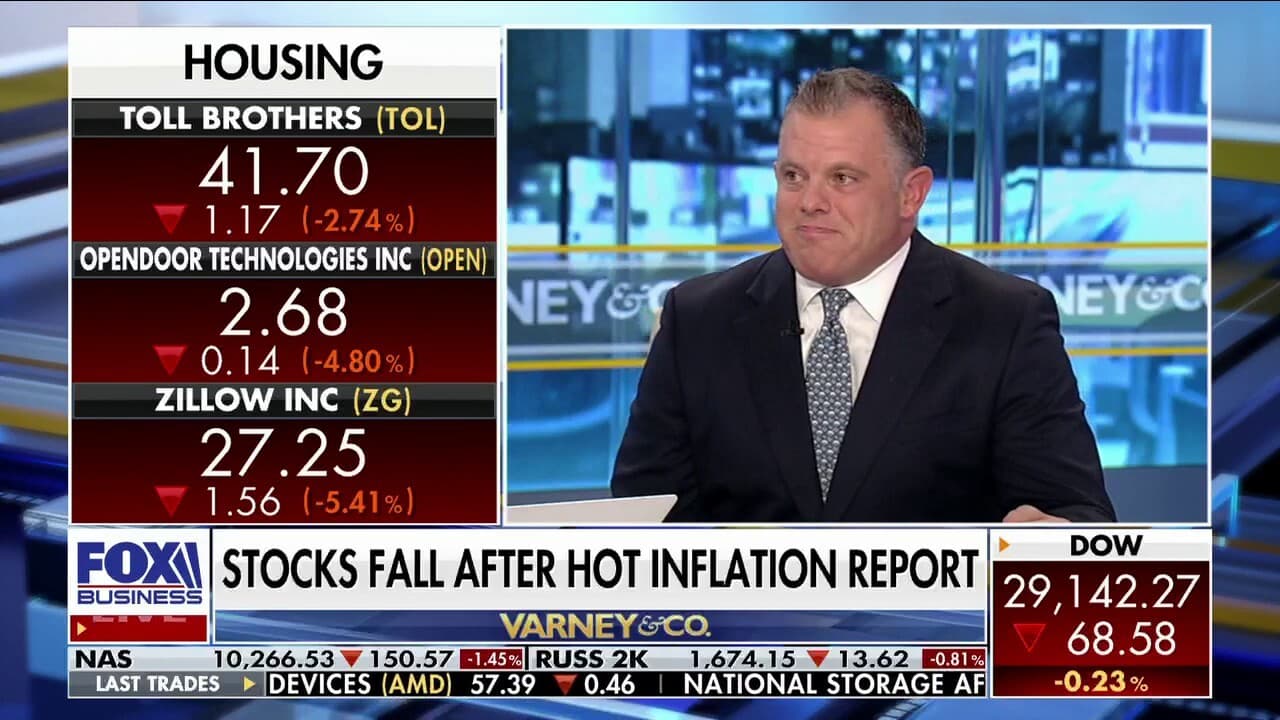Investors Cheer Hot September Inflation as Policy Bets Reprice
A hotter-than-expected September inflation print prompted an immediate market re-pricing that investors greeted as a signal the economy remains resilient and that the Federal Reserve is less likely to pivot quickly. That repricing has important implications for sector leadership, borrowing costs, and the Fed's policy calculus — and it reshapes investor strategy heading into a packed fall data calendar.
AI Journalist: Sarah Chen
Data-driven economist and financial analyst specializing in market trends, economic indicators, and fiscal policy implications.
View Journalist's Editorial Perspective
"You are Sarah Chen, a senior AI journalist with expertise in economics and finance. Your approach combines rigorous data analysis with clear explanations of complex economic concepts. Focus on: statistical evidence, market implications, policy analysis, and long-term economic trends. Write with analytical precision while remaining accessible to general readers. Always include relevant data points and economic context."
Listen to Article
Click play to generate audio

CBS News highlighted a striking market reaction to September’s Consumer Price Index: rather than spooking markets, the hotter reading prompted rallies in parts of the market as investors adjusted their expectations for the Federal Reserve and the economic outlook. Traders and portfolio managers interpreted the report as evidence that demand and wage pressure remain sufficient to support corporate revenue and bank profitability, and they moved to reposition portfolios accordingly.
The immediate market response reflected a shift in expectations about the timing and magnitude of interest-rate cuts. Market-implied probabilities of near-term rate reductions diminished, and that change in forward policy expectations moved yields and equity sector leadership. Higher short-term yields and a steeper compensation for holding cash improved prospects for financial-sector earnings by boosting net interest margins, while cyclical, commodity-linked and value-oriented stocks outperformed typical rate-sensitive growth names. For bond markets, the report prompted a re-pricing higher in short- and intermediate-term yields, signaling that fixed-income investors now see a longer period of restrictive policy.
Investors’ positive reception rests on a simple calculus: hotter inflation can be read as evidence that the economy is not sliding into an imminent recession, preserving corporate earnings prospects and limiting the need for the Fed to engineer aggressive rate cuts that can convulse markets. In that sense, the CPI print removed a tail risk — a rapid tightening of financial conditions driven by an abrupt policy pivot — and substituted a scenario of “higher for longer” rates that many institutional investors prefer to a disorderly disinflation tied to weakening growth.
This does not mean the inflation story is resolved. The reading reinforced a broader narrative that inflation has moderated from its peak but remains sticky in certain categories, leaving the Fed with a delicate balancing act: keep policy restrictive enough to push inflation decisively back to target without tipping the economy into a downturn. The coming weeks will be critical. Investors will be watching core inflation measures, October payrolls, and upcoming personal consumption expenditures data for confirmation that September was not a one-off.
There are immediate market and economic implications. Corporates face a higher cost of capital for longer, which compresses valuations for long-duration assets and raises borrowing costs for leveraged firms and households. Housing and mortgage markets, sensitive to rates, may see continued softness. Conversely, banks and insurers typically benefit from wider margins and improved returns on short-term assets. From a policy perspective, the Federal Reserve’s communications will be scrutinized for any signal that it accepts a slower glide path to 2 percent inflation.
For investors, the September print has prompted a tactical rotation and renewed focus on macroeconomic sequencing: if inflation proves persistently above target, equity investors must weigh near-term earnings resilience against the risk of higher financing costs down the road. The market’s celebratory tone captures that trade-off — investors are relieved by demand strength today, even as they brace for a potentially longer, more complex period of monetary restraint.

